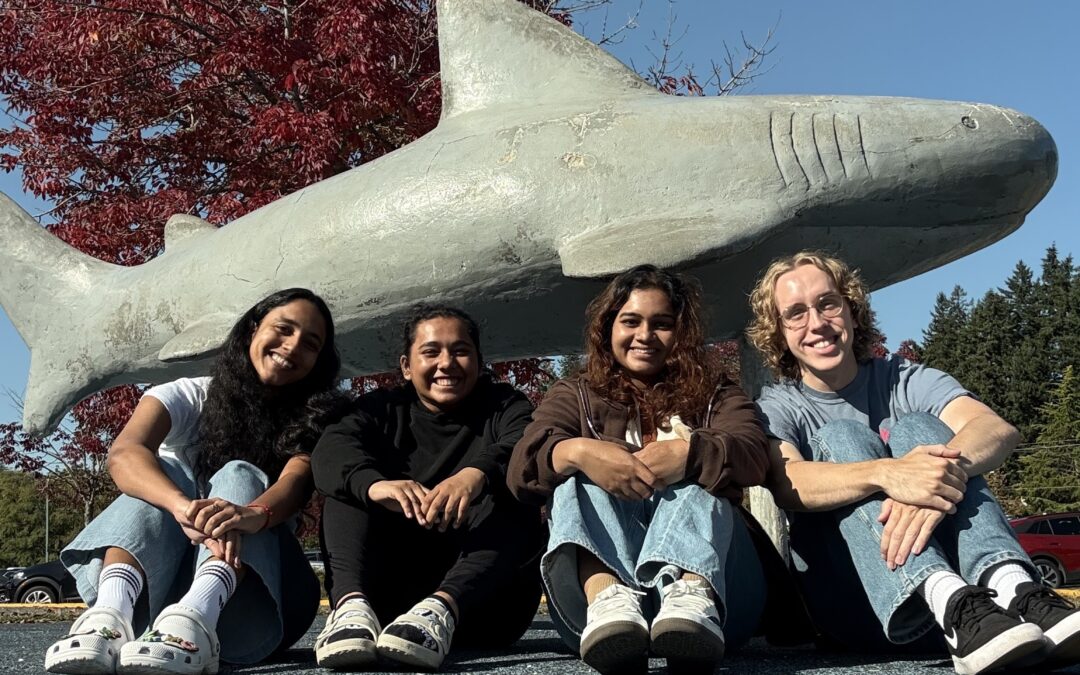Welcome back!
This past sprint started off pretty slow. The back-to-back meetings, gathering requirements from stakeholders, and working through security requirements had our hands full trying to get our bearings.
Despite the slow start, we managed to pull off significant successes. We successfully planned and executed two hackathon events, finalized our security requirements and documentation, and most importantly, made the concrete decision to do separate deployments for Tuktoyaktuk and Bayside Middle School. This was a challenging call, but one that gave us the direction we needed.
The biggest challenge? We were overwhelmed with information. After each meeting, we would settle on an idea that seemed to meet all the requirements, only to receive more information that would make our previously decided approach almost unusable. Eventually, once we had gathered everyone’s requirements, we finally had a clearer picture of what was needed and the constraints we were working within.
Then came the pivot…. we shifted towards creating separate pages for the Bayside and Tuktoyaktuk. But, it got a little more complicated; Bayside wants to store data on their school district server, while Tuktoyaktuk wants it on the UVic server. This meant developing completely separate websites. It felt tough after spending so much time trying to modularize the Tuktoyaktuk website. Hearing about the pivots that the students from Nepal had to make really put things in perspective. We decided not to dwell on the time lost and focus on what needed to be done for the future.
Since the pivot, we have reached a realistic scope that has shaped our entire project.
Through the hackathons, we have developed our technical skills as a whole while gaining a deeper understanding of the security requirements. We have also realized that this project, at its core, is a community outreach project rather than straightforward software development. It is fluid and dynamic, but that is just the nature of our project. That means working according to our stakeholders’ availability and being flexible with everyone’s timelines. Working with the students taught us that they engage way more during game-based activities than structured sessions. We also discovered that SENĆOŦEN language resources are far more limited than expected, although, reaching out to SEX̱SOX̱ELWET has helped that. We learned that scheduling back-to-back meetings makes it difficult to complete individual tasks, so we have been spacing them out for better reflection and engagement as a whole.
Looking ahead, our deliverables and MVP are now clearly defined. Our priorities include conducting homeroom visits, prototyping features such as a choose-your-own-adventure experience, an interactive calendar with the 13 moons, and incorporating the games from the second hackathon. We are entering the next sprint with a clear plan and timeline, and the challenges we faced have strengthened our ability to adapt and communicate effectively as a team.

